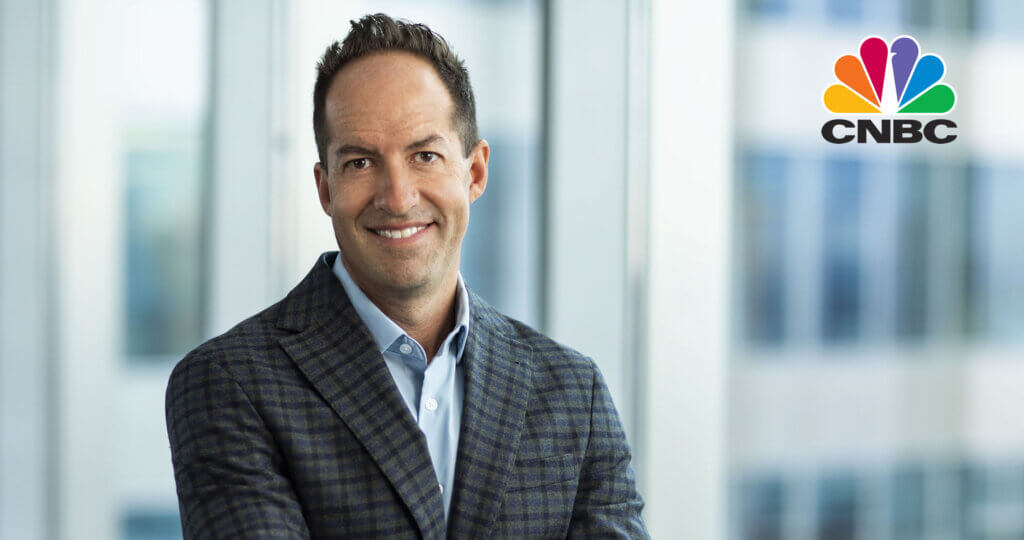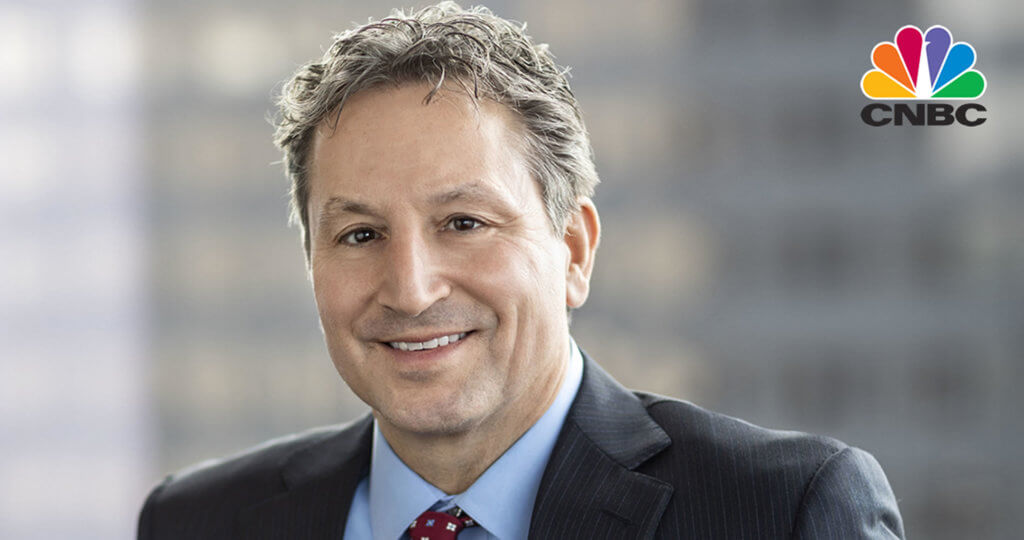Oakmark Global Fund - Investor Class
Average Annual Total Returns 12/31/13
Since Inception 08/04/99 11.81%
10-year 9.45%
5-year 18.23%
1-year 34.12%
3-month 6.03%
Gross Expense Ratio as of 09/30/13 was 1.13%
Past performance is no guarantee of future results. The performance data quoted represents past performance. Current performance may be lower or higher than the performance data quoted. The investment return and principal value vary so that an investor’s shares when redeemed may be worth more or less than the original cost. To obtain the most recent month-end performance data, view it here.
Quarter Review
For the second consecutive year, a strong September quarter in worldwide equity markets carried over into the December quarter. The only developed markets to show December quarter losses in 2013 were New Zealand and Australia. In the U.S., the resolution of the government shutdown crisis in October helped lead to an unusually strong quarter. The Oakmark Global Fund gained 6% in the quarter while the MSCI World Index returned 8%, and the Lipper Global Fund Index returned 7%. The Fund’s return for the calendar year was 34%, which contrasts to the 27% return for the MSCI World Index and the Lipper Global Fund Index’s return of 26%. As always, we are most pleased to report the Fund’s 12% compound annualized rate of return since inception, which compares to 4% for the MSCI World Index and 5% for the Lipper Global Fund Index for the same period.
The countries that contributed most to the Fund’s quarterly return were the U.S., Switzerland and Germany. The Fund’s below-market allocation to the high-return U.S. market combined with the large allocation to low-return Switzerland helped to cause the relative shortfall in the quarter’s return. The countries that detracted from the Fund’s return were France, Australia and The Netherlands. The five largest contributors to the Fund’s return in the quarter were four U.S.-based companies (MasterCard Class A, FedEx, Oracle and General Motors) and Daimler (Germany). Given the relative strength of the U.S. in the quarter, it is not surprising that U.S.-domiciled holdings dominated the contributor list. The Fund holdings that detracted most were CNH Industrial (Netherlands), Laboratory Corporation of America (U.S.), Health Net (U.S.), Hirose Electric (Japan) and Toyota Motor (Japan).
For the second consecutive calendar year, the countries with the highest allocations – the U.S., Japan and Switzerland – were also the largest return contributors. As we wrote last year, this makes perfect sense in what has ended up as a strong year across most of the world. Countries where holdings detracted from the return were Australia, Spain and France. It should be pointed out that the Fund was only invested in Spain at the beginning of the year and in France at year’s end. Daiwa Securities Group (Japan), MasterCard, Daimler, Live Nation Entertainment (U.S.) and FedEx led the list of contributors for the year. Incitec Pivot (Australia), Canon (Japan), CNH, Banco Santander (Spain) and Danone (France) detracted most from the twelve-month return.
Portfolio Activity
We initiated one new position in the Fund and eliminated four during the quarter. Given the number of eliminations, one might assume that the equity allocation declined in the period, but this is not the case. We increased the holding size of the majority of the Fund’s equities during the quarter while reducing the number of total holdings to 41. The four sales were U.S.-domiciled Snap-on and Texas Instruments and Japanese-domiciled OMRON and Square-Enix. The first three names were strong performers, while the sale of Square Enix helped to fund purchases.
Snap-on deserves special mention. We first added Snap-on’s shares to the portfolio nine years ago when new management took over the leadership of this venerable business. We had previously considered investing in Snap-on many times because of the company’s powerful market position in mechanic’s tools, but a series of confusing capital allocation decisions made by management discouraged us from purchasing the company. When the company installed a new CEO with a leadership record that we respected, we took another look. Since we first purchased shares, we have seen the company generate strong earnings growth despite the effects of the 2008 recession and a difficult operating environment in southern Europe. We thank the managers and employees of Snap-on for their contribution to the Fund’s success.
We strive for low turnover in managing the Fund. We have a three-to-five year investment horizon when we consider a prospective investment, but we love situations such as Snap-on where the stock price takes many years to catch up to our estimate of intrinsic value. When we add an issue to our approved list, we establish buy and sell targets based on the information then available, including our estimate of the company’s ability to grow its intrinsic value per share. With the passage of time, we update our targets to reflect the latest information. Our most successful investments are those in which we have made our purchase at what we think is a good price and in which the estimated intrinsic value per share growth exceeds our expectations, both of which proved to be the case at Snap-on.
OMRON also deserves additional comments. We initiated our investment six years ago. We were attracted to OMRON’s strong factory automation business, and unlike many other Japanese corporations, the company regularly repurchases its outstanding shares – about 13% over the past decade. In addition, the company’s board of directors has only seven members, 30% of whom are outsiders, and the management team’s compensation is linked to divisional returns on capital. Thank you to Omron’s management team for their continued focus on per share value creation.
Our new purchase this quarter was Danone. The French-listed company commands the foremost position in the highly competitive global dairy market and has the second largest market share for bottled waters. Its Baby Nutrition unit ranks number two worldwide, and its Medical Nutrition business tops the European market. Danone’s CEO, Franck Riboud, is a second-generation leader who succeeded his father, Antoine, as chairman and chief executive officer in 1996. We admire his leadership ability, as in recent years the company has enjoyed what to us is an exceptional operating track record with year-over-year revenue growth and healthy margins. Despite these positives, we were able to initiate a position because of the market’s reaction to a product recall in the third quarter. Bacteria (now deemed harmless) found in baby food in China prompted Danone to immediately recall products in eight countries in August, and sales declined in the month by 90% in those countries. Management is engaged heavily in communications and promotional campaigns to rebuild the brand. We believe the long-term value of Danone will not be materially impacted by this unfortunate event.
Relative to the MSCI World Index, the Fund remains overweight in its exposure to Switzerland, The Netherlands, Japan and Germany. The Fund is concentrated and value-oriented, so it does not hold positions in many of the countries represented in the MSCI World Index. As we wrote last quarter, the Fund’s largest underweights include the U.K., the U.S. and Canada. At 44%, the U.S. is by far the Fund’s largest allocation, but this is now 10% below the benchmark because superior U.S. market performance has boosted the U.S. share of the index. The relative outperformance of the U.S. has caused us to make a modest reallocation toward European equities. We like to remind our shareholders that as managers and investors in the Fund, our motivation is to invest in the most attractive equity securities wherever they may be found, and not to mirror an index’s allocations.
Currency Hedges
Global currencies were relatively volatile during the quarter. The Japanese yen depreciated to 105 by the end of the quarter, its lowest level since 2008. We no longer believe the yen to be overvalued and therefore closed our hedge of the underlying currency. The Australian dollar also weakened during the quarter but we still believe it to be overvalued. As of quarter end we hedged 31% of the Australian dollar and 34% of the Swiss franc exposure.
Thank you for being our partners in the Oakmark Global Fund. Please feel free to contact us with your questions or comments.
As of 12/31/13, MasterCard, Inc. Class A represented 4.3%, FedEx Corp. 3.6%, Oracle Corp. 5.1%, General Motors Co. 3.8%, Daimler AG 3.1%, CNH Industrial N.V. 3.4%, Health Net, Inc. 1.9%, Laboratory Corp. of America Holdings 2.0%, Hirose Electric 1.3%, Toyota Motor Corp. 2.0%, Daiwa Securities Group, Inc. 2.4% Live Nation, Inc. 1.7%, Incitec Pivot, Ltd. 2.5%, Canon, Inc. 2.7%, Banco Santander SA 0%, Snap-on, Inc. 0%, Texas Instruments, Inc. 0%, OMRON Corp. 0%, and Square Enix Holdings Co., Ltd. 0% of the Oakmark Global Fund’s total net assets. Portfolio holdings are subject to change without notice and are not intended as recommendations of individual stocks.
Click here to access the full list of holdings for The Oakmark Global Fund as of the most recent quarter-end.
The MSCI World Index (Net) is a free float-adjusted market capitalization weighted index that is designed to measure the global equity market performance of developed markets. This benchmark calculates reinvested dividends net of withholding taxes using Luxembourg tax rates. This index is unmanaged and investors cannot invest directly in this index.
The Lipper Global Fund Index measures the performance of the 30 largest mutual funds that invest in securities throughout the world. This index is unmanaged and investors cannot invest directly in this index.
The Fund’s portfolio tends to be invested in a relatively small number of stocks. As a result, the appreciation or depreciation of any one security held by the Fund will have a greater impact on the Fund’s net asset value than it would if the Fund invested in a larger number of securities. Although that strategy has the potential to generate attractive returns over time, it also increases the Fund’s volatility.
Investing in foreign securities presents risks that in some ways may be greater than in U.S. investments. Those risks include: currency fluctuation; different regulation, accounting standards, trading practices and levels of available information; generally higher transaction costs; and political risks.
The percentages of hedge exposure for each foreign currency are calculated by dividing the market value of all same-currency forward contracts by the market value of the underlying equity exposure to that currency.
The discussion of the Fund’s investments and investment strategy (including current investment themes, the portfolio managers’ research and investment process, and portfolio characteristics) represents the Fund’s investments and the views of the portfolio managers and Harris Associates L.P., the Fund’s investment adviser, at the time of this letter, and are subject to change without notice.





